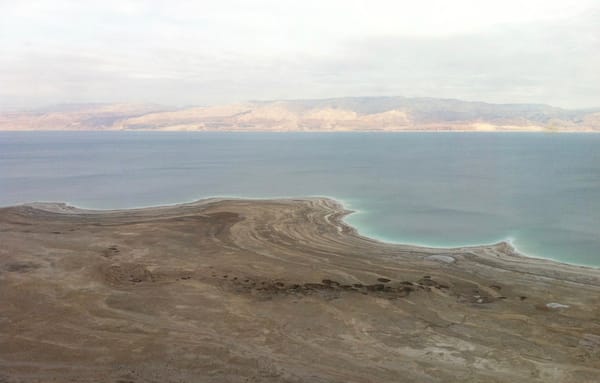

Simone Popperl
Simone Popperl received her PhD in anthropology from the University of California, Irvine. She is now an editor for Morning Edition and the Up First podcast on National Public Radio.


Simone Popperl received her PhD in anthropology from the University of California, Irvine. She is now an editor for Morning Edition and the Up First podcast on National Public Radio.
